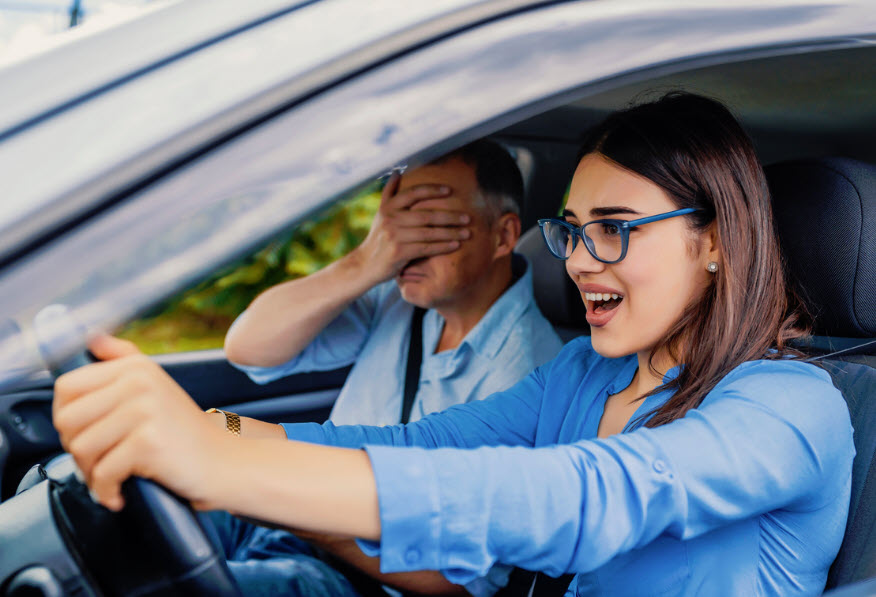There are approximately six million car accidents in the US every single year, leading to thousands of deaths and countless injuries, both physical and mental. Lives can be ended and altered in the blink of an eye, and even if you’re a safe and sensible driver, the risks of auto accidents are still very real, every time you take to the road.
This is why auto insurance matters so much, and also why it’s absolutely essential for every driver to know exactly what to do and how to respond if an accident happens. It’s not just as simple as exchanging details with the other driver and going on your way; there are several key steps to follow if you want the process to go as smoothly as possible. This guide will take a look at exactly what to do.
Step 1: Checking for Injuries
The first step in any accident is to check yourself and any passengers in your vehicle for injuries. Your health and safety should be the primary concern to start off, and if anyone is suffering from severe injuries, the emergency services should be contacted as quickly as possible and the person should, if possible, remain motionless and untouched until the paramedics arrive on the scene.
If you don’t notice any injuries or have some aches and pains but are still able to move around, it’s generally recommended to get out of the vehicle and move across to a safe spot on the side of the road. If possible, you may also move your car if it’s blocking traffic, pulling it over to the side of the road before proceeding to the next step.
Step 2: Reporting and Documenting
The next step to follow after an accident is to make sure you report it. Even relatively minor accidents should be reported to the police so that an official police report can be filed and officers can be dispatched to the scene to provide assistance, if needed. You should also contact your insurance provider to let them know what has happened.
This is also a good time to document the incident, taking photos of your vehicle and the other vehicle, documenting any damage that has been done, as well as photographing and documenting any injuries you or your passengers have sustained as well. All of this information can help during the claims process later on.
Step 3: Exchanging Information
You’ll also need to make sure that you exchange information with the other driver or drivers involved in the incident. Be sure to note down their names, contact details, insurance information, and the license plate of their vehicles too, just in case. The more information you gather, the safer you’ll be, so it makes sense to write everything down.
You can then provide all of this information to your insurance provider, which will also help to speed your claim along, and being able to provide additional details should prove useful if any disputes or legal issues arise with your claim later on.

